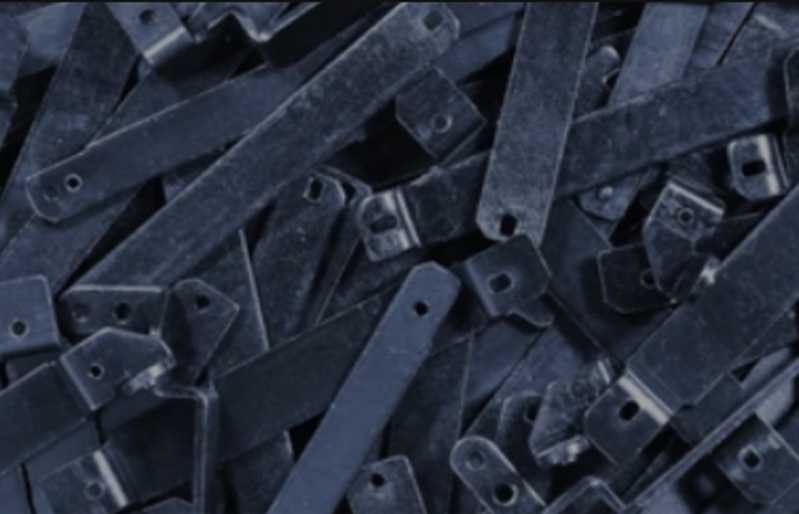Where technology is advancing at an exponential rate, the need for quick and accurate prototyping has become essential. From small-scale inventions to large-scale industrial projects, prototype manufacturing plays a crucial role in turning ideas into reality. This article will delve into the world of prototype manufacturing, exploring its process, benefits, and future prospects.
Prototype manufacturing is the process of creating a physical model of a product or a part before it goes into mass production. It serves as a tangible representation of an idea, allowing designers and engineers to test and refine their concepts. This iterative approach helps identify potential flaws and optimize the design, saving both time and resources in the long run.
The first step in prototype manufacturing is conceptualization. Designers and engineers collaborate to develop a detailed plan, considering factors such as functionality, materials, and production techniques. Once the concept is finalized, the digital model is created using computer-aided design (CAD) software. This virtual representation allows for thorough analysis and simulation before moving on to the physical prototype.
After the digital model is ready, it is sent to a prototype manufacturing facility. Here, various techniques and technologies are employed to transform the virtual model into a physical prototype. Additive manufacturing, commonly known as 3D printing, is one such technique that has revolutionized the industry. It allows for the creation of complex shapes and intricate designs by adding material layer by layer. This technology has dramatically reduced the time and cost required for prototyping.
Another technique widely used in prototype manufacturing is subtractive manufacturing. This involves removing material from a solid block to shape the desired design. CNC machining, short for computer numerical control machining, is a popular form of subtractive manufacturing. It utilizes computer-controlled machines to precisely cut and shape the prototype according to the digital model.
Prototyping is not limited to just one technique; often, a combination of methods is used to achieve the desired outcome. For instance, 3D printing might be used to create the overall structure, while CNC machining is employed for intricate details. This flexibility allows for the creation of prototypes with high accuracy and complexity.
The benefits of prototype manufacturing are numerous. Firstly, it enables designers to validate their ideas and make improvements early in the development process. By identifying potential flaws and optimization opportunities, prototypes help reduce the risk of costly mistakes in mass production. Additionally, prototypes allow for user testing and feedback, ensuring that the final product meets the needs and expectations of its intended audience.
Prototype manufacturing plays a vital role in research and development. It encourages innovation by providing a platform for experimentation and exploration. With the ability to quickly create and test prototypes, companies can push the boundaries of what is possible, leading to breakthrough inventions and advancements in various industries.

As technology continues to advance, the future of prototype manufacturing looks promising. One area of development is the use of advanced materials, such as carbon fiber composites and biodegradable polymers, which offer improved strength and sustainability. Additionally, advancements in AI and machine learning are expected to enhance the prototyping process by automating certain tasks and optimizing design iterations.
Prototype manufacturing is a crucial step in turning ideas into reality. Through a combination of techniques like 3D printing and CNC machining, prototypes allow designers and engineers to test and refine their concepts, leading to optimized designs and reduced production risks. The benefits of prototypes extend beyond product development, as they encourage innovation and pave the way for breakthrough inventions. With the continuous advancements in technology, the future of prototype manufacturing looks promising, ushering in new materials and automation to further streamline the process.
-

- Άκαμπτο πιρούνι από κράμα μαγνησίου για ποδήλατο
-

- Magnesium alloy die-casting Auto parts Front bumper Anti-collision beam
-

- Μεταλλικά εξαρτήματα σέρβις χύτευσης OEM της μέσης macbook
-

- Bicycle Freehub 12/14/16 ιντσών Παιδικό ποδήλατο Ποδήλατα Low Rider Ποδήλατα μαγνησίου από κράμα αλουμινίου Παιδικό ποδήλατο 3-8 ετών Διαθέσιμο
-

- Κέλυφος κινητήρα με χύτευση ηλεκτρικού οχήματος από κράμα μαγνησίου
-

- Εξατομικευμένα εξαρτήματα thixomoolding εξαρτήματα UAV με κατεργασία CNC και επεξεργασία επιφάνειας

 0086-750-5616188
0086-750-5616188 +86 13392089688
+86 13392089688 sales@zhongmei-tech.com
sales@zhongmei-tech.com







